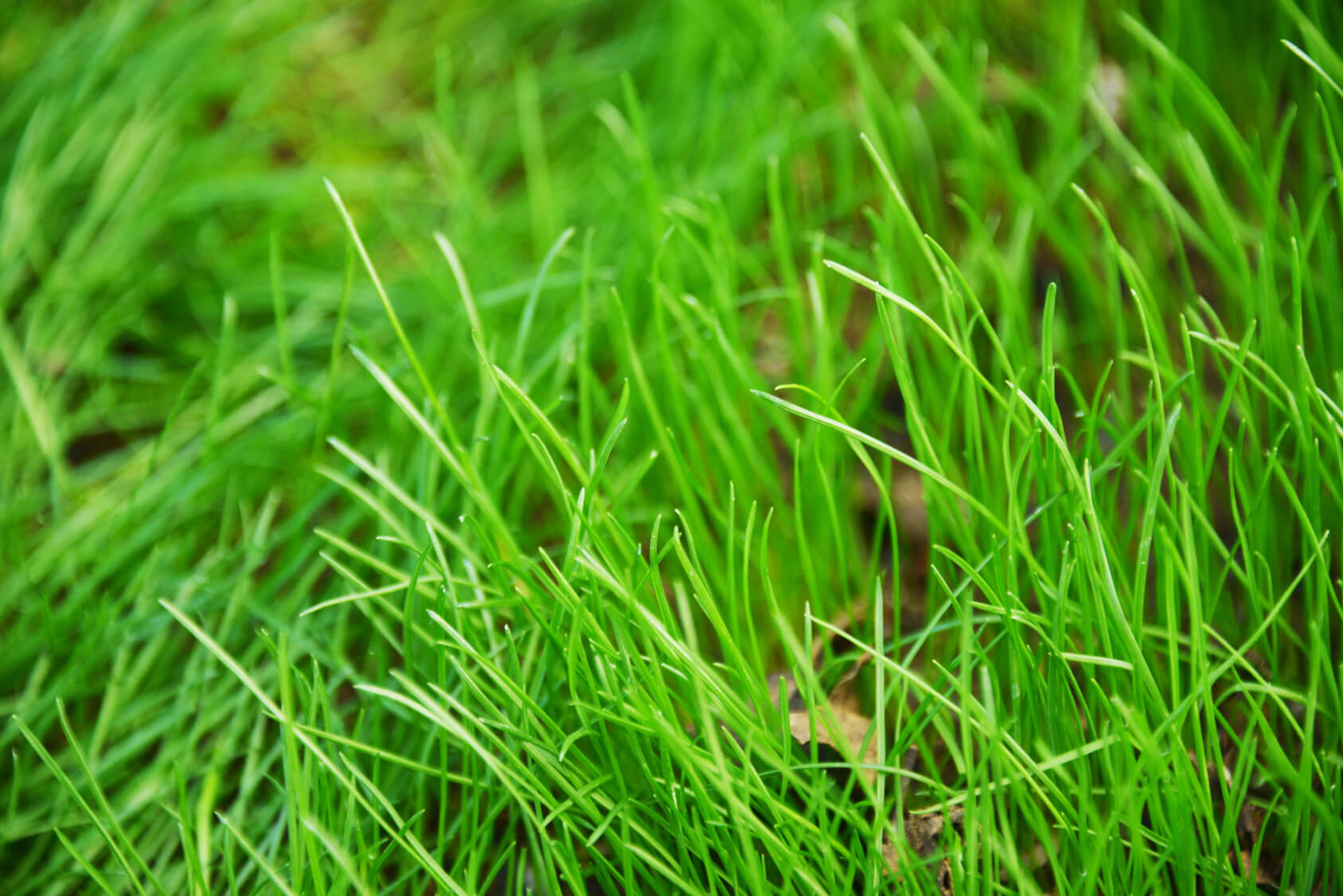
Hunting Billbug in Zoysia
Zoysia grass is a luscious, emerald green grass with exceptional vigor. Because of its drought and salt tolerance, it is particularly suited to Florida’s climate as it requires less watering, mowing and fertilizer than other grasses. Florida is home to a plethora of beautiful greenery, and the insects that thrive on that plant matter. One of the natural enemies of zoysia grass is an insect called the hunting billbug. The sooner you catch an infestation, the easier it is to eliminate.
Warning Signs
Yellow or brown patches may look like fertilizer burn. A quick check to determine if the culprit is the hunting billbug or fertilizer is to attempt to pull out a small patch of the damaged area. If it comes out easily, it is likely the result of hunting billbug. You can confirm whether hunting billbug is guilty by digging into the soil to check for the presence of the pest and damage to its roots caused by feeding.
Sunny, warm areas are especially susceptible to hunting billbug infestation. Symptoms often occur during fall and spring months but can happen any time of the year, so it is wise to check for the pest any time you have yellow or brown patches in your zoysia grass.
Get to Know the Hunting Billbug
Size is an advantage of the hunting billbug. Adults are 6 to 11 mm long, so they are easy to miss as they migrate to your lawn. Hunting billbugs are members of the weevil, or snout beetle, family. Earth tone colors help camouflage the hunting billbug. Shades of gray, black and brown help keep the adults hidden. Adults notch leaves to feed on zoysia grass. Feeding scars in the crown of the plant are favorite spots to lay eggs.
Larvae are small, white-yellow legless grubs with tan heads and blackish mandibles. Like other weevil larvae, hunting billbug grubs are thicker in the middle. When the larvae hatch, they feed on the base of the stem as they work their way down into the soil. As they grow, they begin to feed on the whole root system. This is when the damage becomes most evident. Unfortunately, hunting billbug larvae will go dormant over winter and continue to feed the next season.
Complications of Infestation
Root systems of zoysia grass can be heavily damaged by hunting billbug, cutting off access to water and nutrients. Leaf and shoot damage by young larvae is less common is also a possibility. It is possible to roll zoysia grass that has died as a result of total root damage back like a carpet. Grubs are a food source for a number of other pests that may show up for an easy meal. Moles and skunks enjoy a good grub and will not hesitate to tear up your lawn to get to them.
Be Proactive
Grab your spade and cut about two to three inches into the soil around three sides of a one-foot square section of grass. Lift the sod back and examine the roots to see if they are chewed off. Get your hands dirty sifting through the soil in search of larvae and new adults. Put the sod back in place and examine several other areas of your lawn. If you find around ten or more hunting billbugs in a square foot, it is time for treatment with an insecticide.
Preventative applications stop an infestation before it happens. Products are also available as curative applications to eliminate adults or larvae that are already present. Several registered insecticides combat hunting billbug in turf grasses like zoysia.
A healthy lawn is a gem in Florida and can be tricky to maintain. Stress caused by weather and insects like the hunting billbug can be costly if signs are not caught early. Preventing damage can save time and money along with enhancing your curb appeal. Zoysia grass is naturally resilient and perfect for Florida’s lawns. If you take the time to maintain your lawn properly, you will save a significant amount of time by not having to fix damage after it happens. A bit of elbow grease helps ensure you will enjoy a lush, green space for many years to come.